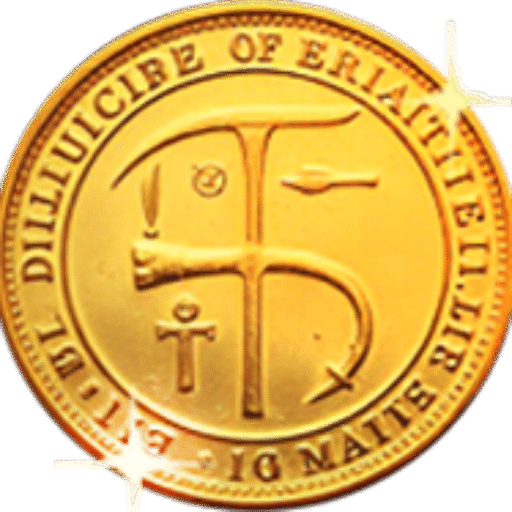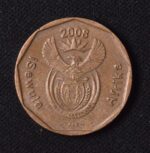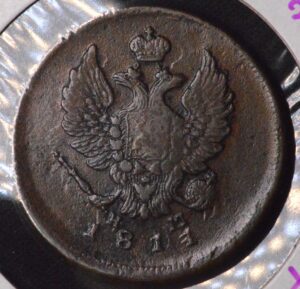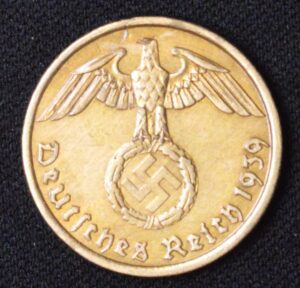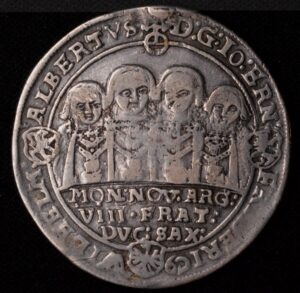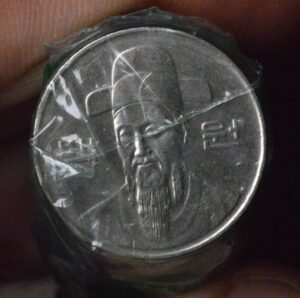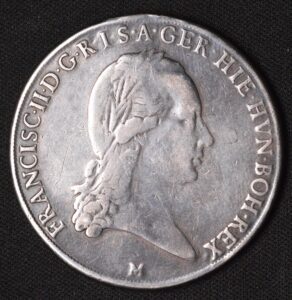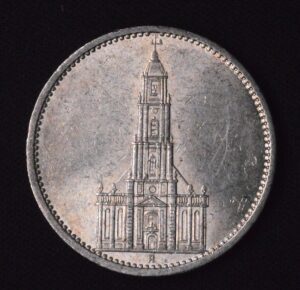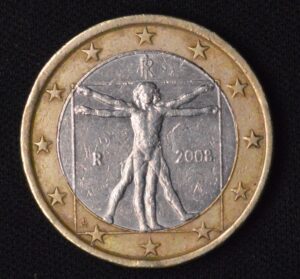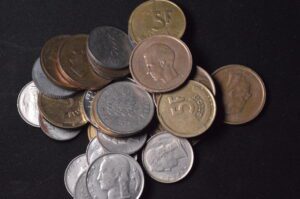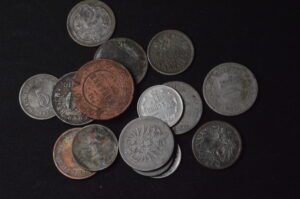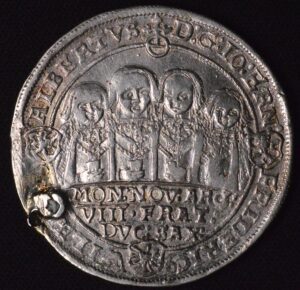Description
The African 20 Cent coin is an important denomination within South Africa’s rand currency system, used widely in everyday monetary transactions. Introduced along with the decimalization of the currency in 1961, it effectively replaced portions of the earlier South African pound system and continues to be a practical coin for small purchases and change.
Typically, the 20 Cent coin is made from copper-plated steel or similar durable metal alloys, designed for longevity through frequent use. It usually measures about 19 millimeters in diameter, slightly larger than the 10 Cent coin, allowing it to be easily distinguishable by touch and sight. Its lightweight composition facilitates convenience for everyday handling.
The coin’s design often includes national symbols deeply connected to South African heritage. The obverse commonly features the South African coat of arms or another official emblem, while the reverse depicts significant wildlife imagery, such as the Kudu, a well-known antelope species native to the region. This animal motif highlights the country’s rich biodiversity and commitment to celebrating its natural environment. The denomination “20c” and the year of minting are usually featured prominently.
As a currency piece, the 20 Cent coin plays a practical role in transactions requiring smaller denominations, promoting accuracy in pricing and change. Its artwork reflects national pride by showcasing South Africa’s cultural and natural heritage in a visible and everyday form.
Although modest in value, the 20 Cent coin holds cultural significance and practicality, making it an essential part of South African currency circulation. Special editions or older mintings are sometimes sought by collectors interested in numismatic history and changes in coinage design over time.
The African 20 Cent coin is an important denomination within South Africa’s rand currency system, used widely in everyday monetary transactions. Introduced along with the decimalization of the currency in 1961, it effectively replaced portions of the earlier South African pound system and continues to be a practical coin for small purchases and change.
Typically, the 20 Cent coin is made from copper-plated steel or similar durable metal alloys, designed for longevity through frequent use. It usually measures about 19 millimeters in diameter, slightly larger than the 10 Cent coin, allowing it to be easily distinguishable by touch and sight. Its lightweight composition facilitates convenience for everyday handling.
The coin’s design often includes national symbols deeply connected to South African heritage. The obverse commonly features the South African coat of arms or another official emblem, while the reverse depicts significant wildlife imagery, such as the Kudu, a well-known antelope species native to the region. This animal motif highlights the country’s rich biodiversity and commitment to celebrating its natural environment. The denomination “20c” and the year of minting are usually featured prominently.
As a currency piece, the 20 Cent coin plays a practical role in transactions requiring smaller denominations, promoting accuracy in pricing and change. Its artwork reflects national pride by showcasing South Africa’s cultural and natural heritage in a visible and everyday form.
Although modest in value, the 20 Cent coin holds cultural significance and practicality, making it an essential part of South African currency circulation. Special editions or older mintings are sometimes sought by collectors interested in numismatic history and changes in coinage design over time.
CUSTOMER FEEDBACK








Related Products & Newly Released!
-
$150.00
-
$399.00
-
$99.00




SHIPPING POLICY
Your order is shipped from the United States with USPS tracking within one business day.
14 Day Return Policy
You can return your item back within
14 days of the purchase

Secure payments
Your payments are 100% secure and are processed through Square or PayPal on a protected security network.
SHIPPING POLICY
FREE International and Domestic (United States) shipping. Your order is shipped with USPS tracking 24 hours after you order.
14 Day Return Policy
You can return your item back within
14 days of the purchase

Secure payments
Your payments are 100% secure and are processed through Square or PayPal on a protected security network.
RESOURCES
support
Get Fresh Articles!
Sign up now to receive our articles for the latest insights and promotions!
RESOURCES
support
Get Fresh Articles!
Signup our newsletter to get update insight or promotions.

